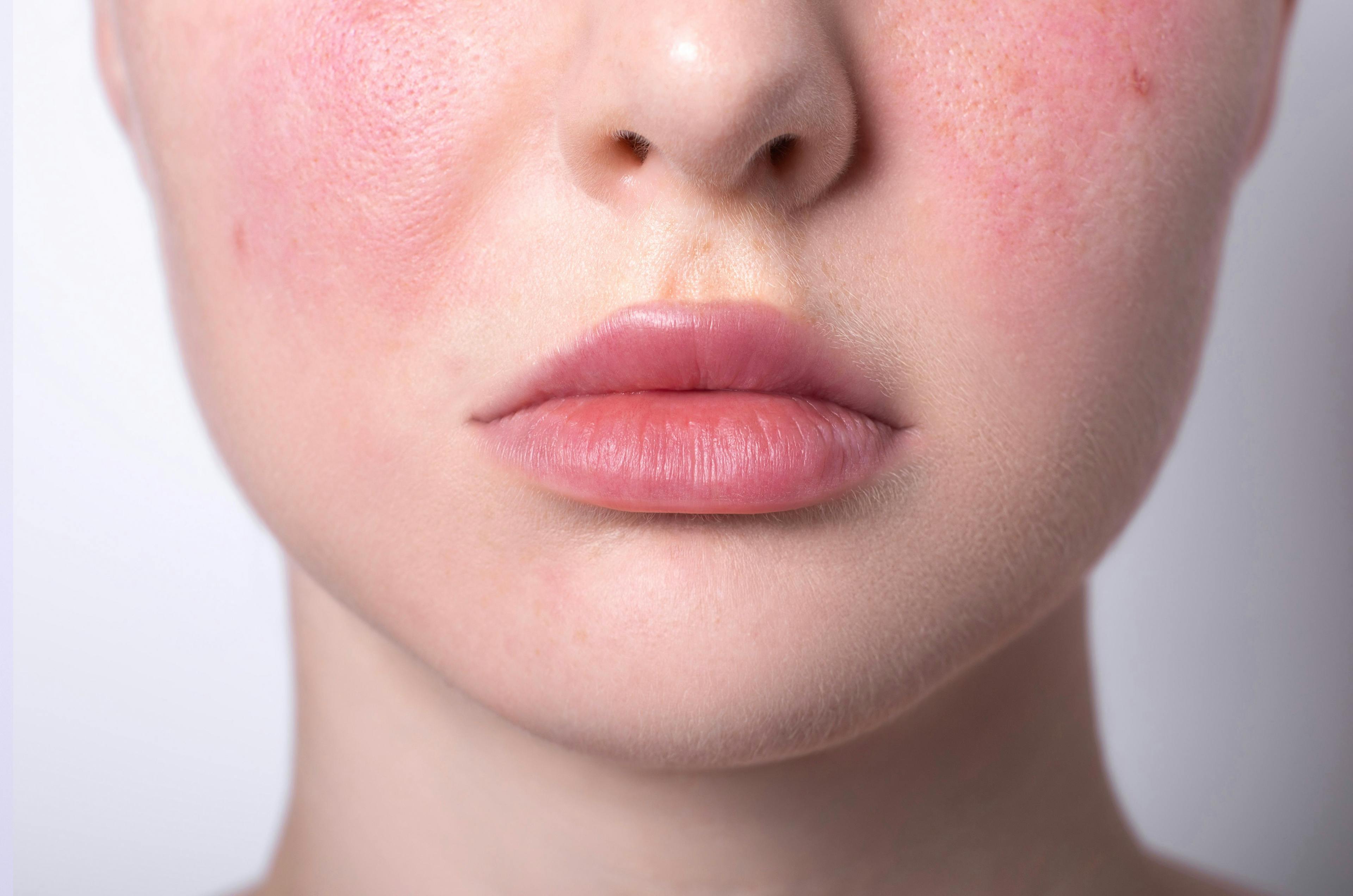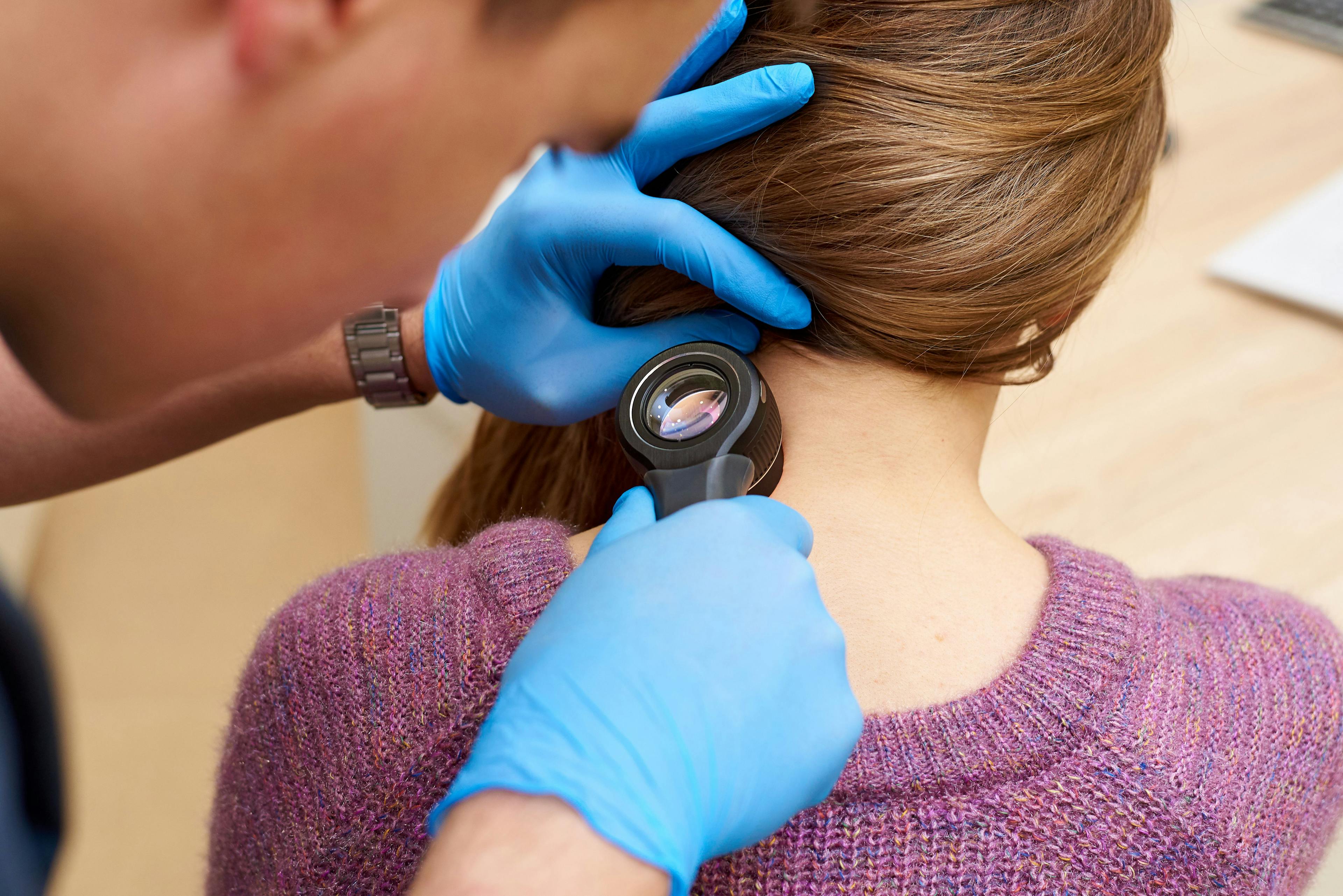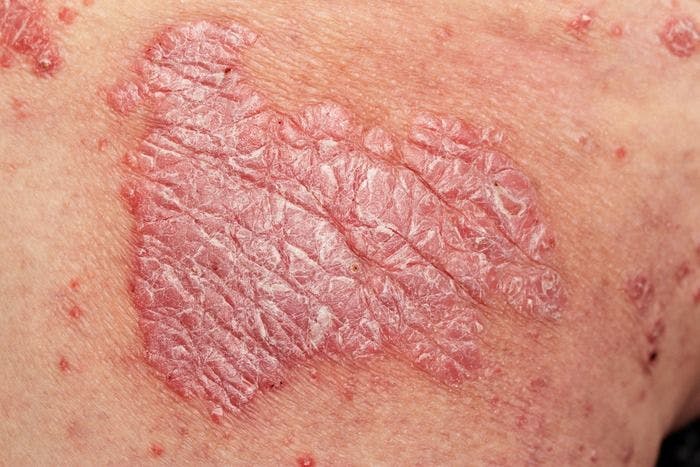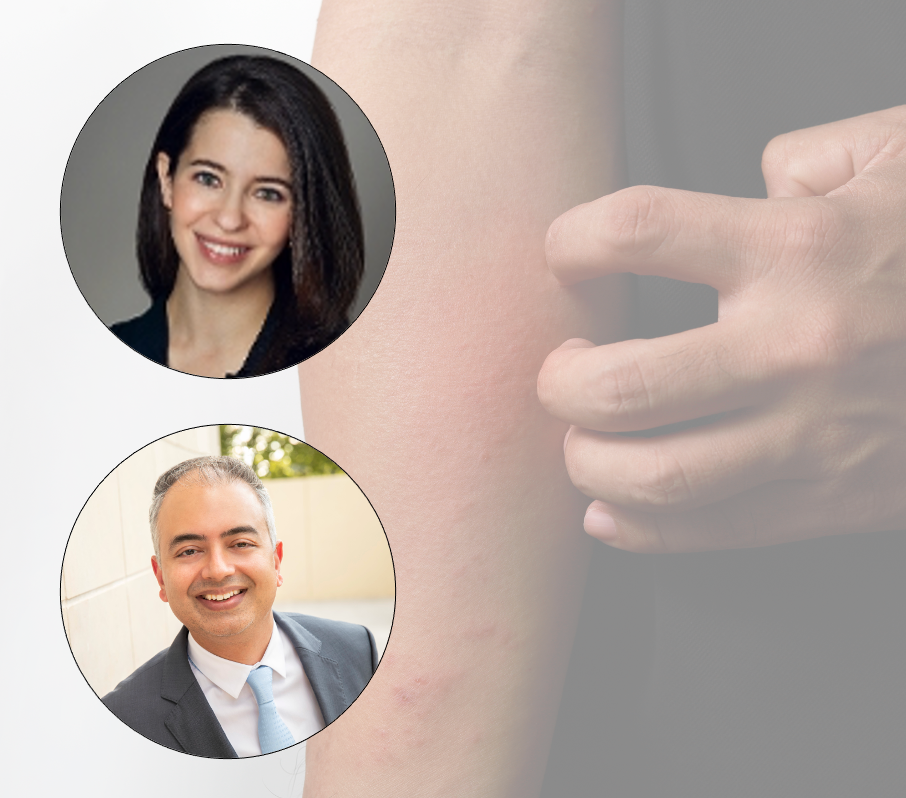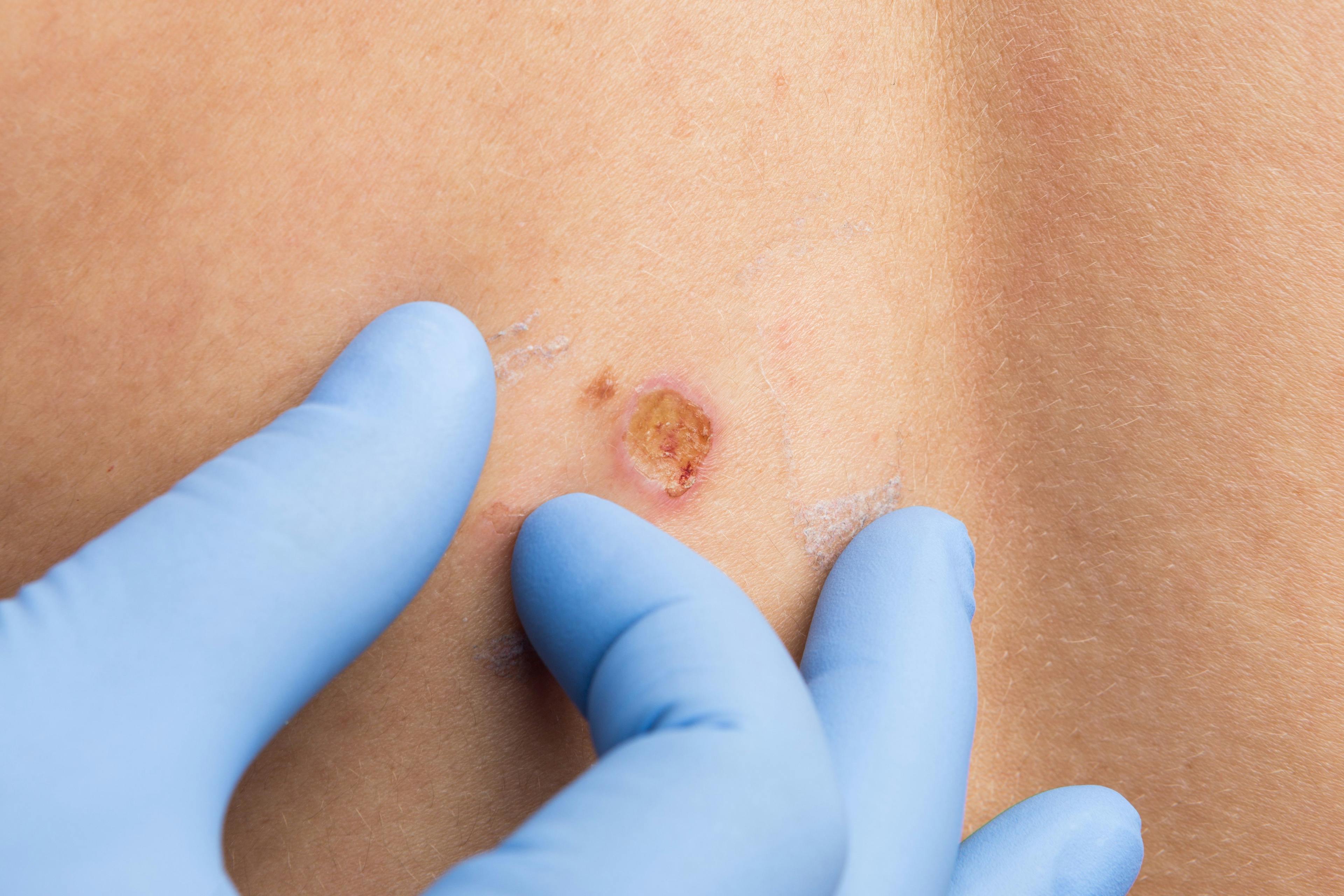- Acne
- Actinic Keratosis
- Aesthetics
- Alopecia
- Atopic Dermatitis
- Buy-and-Bill
- COVID-19
- Case-Based Roundtable
- Chronic Hand Eczema
- Drug Watch
- Eczema
- General Dermatology
- Hidradenitis Suppurativa
- Melasma
- NP and PA
- Pediatric Dermatology
- Pigmentary Disorders
- Practice Management
- Precision Medicine and Biologics
- Prurigo Nodularis
- Psoriasis
- Psoriatic Arthritis
- Rare Disease
- Rosacea
- Skin Cancer
- Vitiligo
- Wound Care
Publication
Article
Dermatology Times
Study Examines Dupilumab Effectiveness in Erythrodermic Atopic Dermatitis
Author(s):
Research published in JAMA Dermatology finds dupilumab works quickly and safely for patients with erythrodermic atopic dermatitis.
Amy S. Paller, MD

Amy S. Paller, MD, chair of the department of dermatology and director of the Skin Biology and Diseases Resource-Based Center of the Northwestern University Feinberg School of Medicine and attending physician at the Ann and Robert H Lurie Children's Hospital of Chicago, both in Chicago, Illinois, and colleagues analyzed the safety and efficacy of dupilumab for the treatment of erythrodermic atopic dermatitis (AD).
Erythrodermic AD is a subtype of AD that covers 90% or more of the body and involves severe inflammation.1 Researchers said that patients with erythrodermic AD often have type 2 inflammatory disorders, such as allergic conjunctivitis, asthma, keratoconjunctivitis, and allergic rhinitis. Patients often also have medical complications such as high-output cardiac failure, hemodynamic and electrolyte abnormalities, temperature instability, negative nitrogen balance, hypoalbuminemia, and lymphadenopathy. Symptoms of erythrodermic AD include redness, itching, and skin pain. The disease can result in infection, hospitalization, or death. Paller and colleagues reported that 10%-18% of erythroderma cases are connected to AD and these have a 3.10% mortality rate.1 “Because erythrodermic AD causes a considerable patient burden and may be life-threatening, there is an unmet medical need for optimizing treatment of these patients,” the authors wrote.1
Between March 5, 2019, and October 24, 2020, researchers performed a post-hoc analysis of data from 6 multinational, multicentered, double-blind, randomized placebo-controlled trials to determine the safety and effectiveness of dupilumab on erythrodermic AD.2-6 Researchers enrolled 2799 patients with moderate to severe AD; 209 of the patients in the study had erythrodermic AD. The erythrodermic patients had 90% of their body surface area (BSA) affected and received a 1 or higher on the Global Individual Sign Score. “In the analyzed trials, patients with erythrodermic AD had higher baseline disease severity (EASI and IGA scores) and reported worse quality of life at baseline compared with the overall populations,” Paller and colleagues said.
Patients in the study received dupilumab either every 2 weeks or once weekly, either as monotherapy or together with topical corticosteroids (TCS) or were assigned to a placebo group. The median age for monotherapy was 31; for dupilumab and TCS taken together, the median age was 39. Most of the study participants were men. Researchers reported that 183 of 209 erythrodermic AD patients completed 16 weeks of treatment.
Patients taking dupilumab once a week or every 2 weeks, with or without TCS, significantly improved the BSA affected by erythrodermic AD. Researchers said itching, redness, depression, anxiety, and quality of life for these patients also improved. The most common adverse events were nasopharyngitis, conjunctivitis, and reaction at the injection site.
Dupilumab also significantly reduced the biomarkers thymus and activation-regulated chemokine (TARC) and lactate dehydrogenase (LDH) which are indicators of AD. It also reduced total serum IgE compared to the placebo group. Researchers noted that dupilumab’s safety profile “did not differ substantially between patients with erythrodermic AD and the overall population of these trials.”1
“Dupilumab resulted in rapid, sustained improvements in AD signs and symptoms with acceptable safety in patients with erythrodermic AD, similar to those in the trials’ overall patient population,” researchers said.1
Paller told Dermatology Times® that the most significant part of this study was that “the efficacy and safety of dupilumab is just as positive in adolescents and adults with erythrodermic AD, which typically represents the very worst severity of AD.” She added that previous studies did not distinguish whether those with the most severe disease fared as well as those with more moderate severity disease, as this study does.
“Regardless of severity, we still need to better understand how to predict those who will respond the best to dupilumab therapy and those at greatest risk for ocular surface disease associated with use of the medication,” Paller told Dermatology Times®. She said it is important to recognize that patients with erythroderma related to AD can have an excellent response to dupilumab therapy. “However, a caveat is the need to consider the differential diagnosis of erythroderma and ensure that the patient has severe AD before initiating therapy, especially if there is a possibility of cutaneous T-cell lymphoma as a diagnosis, which can worsen with anti-IL4R treatment,” Paller concluded.
References
- Paller AS, Silverberg JI, Cork MJ, et al. Efficacy and safety of dupilumab in patients with erythrodermic atopic dermatitis: A post hoc analysis of 6 randomized clinical trials [published online ahead of print, 2023 Feb 1]. JAMA Dermatol. 2023;10.1001/jamadermatol.2022.6192. doi:10.1001/jamadermatol.2022.6192
- Thaçi D, Simpson EL, Beck LA, et al. Efficacy and safety of dupilumab in adults with moderate-to-severe atopic dermatitis inadequately controlled by topical treatments: a randomised, placebo-controlled, dose-ranging phase 2b trial. Lancet. 2016;387(10013):40-52. doi:10.1016/S0140-6736(15)00388-8
- Simpson EL, Bieber T, Guttman-Yassky E, et al; SOLO 1 and SOLO 2 Investigators. Two phase 3 trials of dupilumab versus placebo in atopic dermatitis. N Engl J Med. 2016;375(24):2335-2348.
- Simpson EL, Paller AS, Siegfried EC, et al. Efficacy and safety of dupilumab in adolescents with uncontrolled moderate to severe atopic dermatitis: a phase 3 randomized clinical trial. JAMA Dermatol. 2020;156(1):44-56.
- Blauvelt A, de Bruin-Weller M, Gooderham M,et al. Long-term management of moderate-to-severe atopic dermatitis with dupilumab and concomitant topical corticosteroids (LIBERTY AD CHRONOS): a 1-year, randomised, double-blinded, placebo-controlled, phase 3 trial. Lancet. 2017;389 (10086):2287-2303. doi:10.1016/S0140-6736(17)31191-1
- de Bruin-Weller M, Thaçi D, Smith CH, et al. Dupilumab with concomitant topical corticosteroid treatment in adults with atopic dermatitis with an inadequate response or intolerance to ciclosporin A or when this treatment is medically inadvisable: a placebo-controlled, randomized phase III clinical trial (LIBERTY AD CAFÉ). Br J Dermatol. 2018;178(5):1083-1101. doi:10.1111/bjd.16156
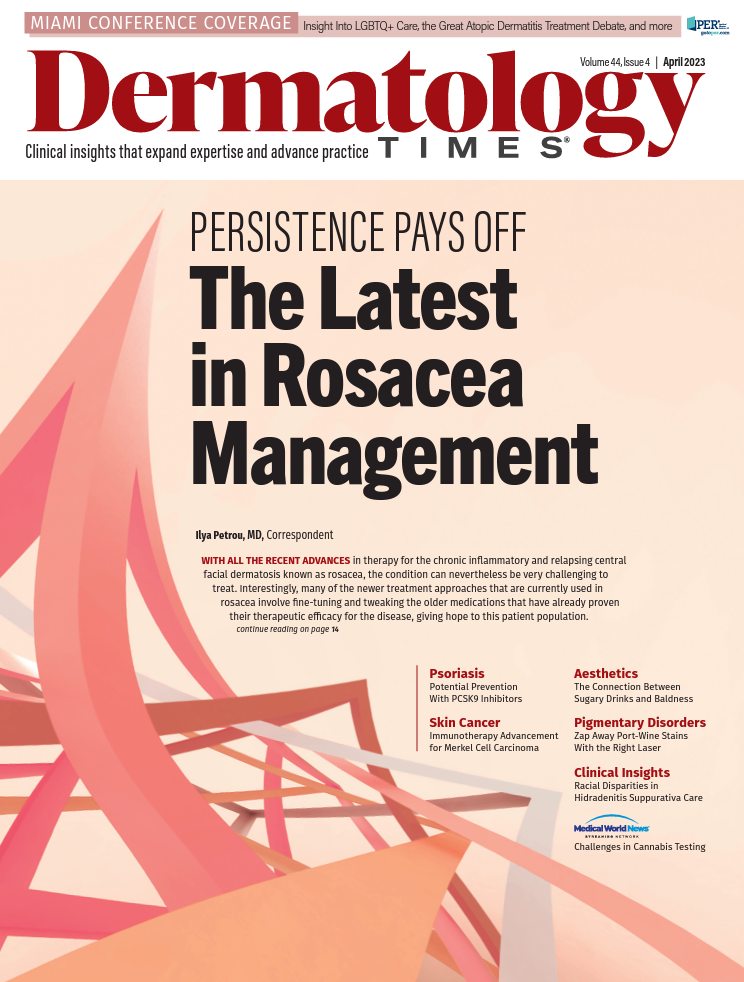
Newsletter
Like what you’re reading? Subscribe to Dermatology Times for weekly updates on therapies, innovations, and real-world practice tips.





